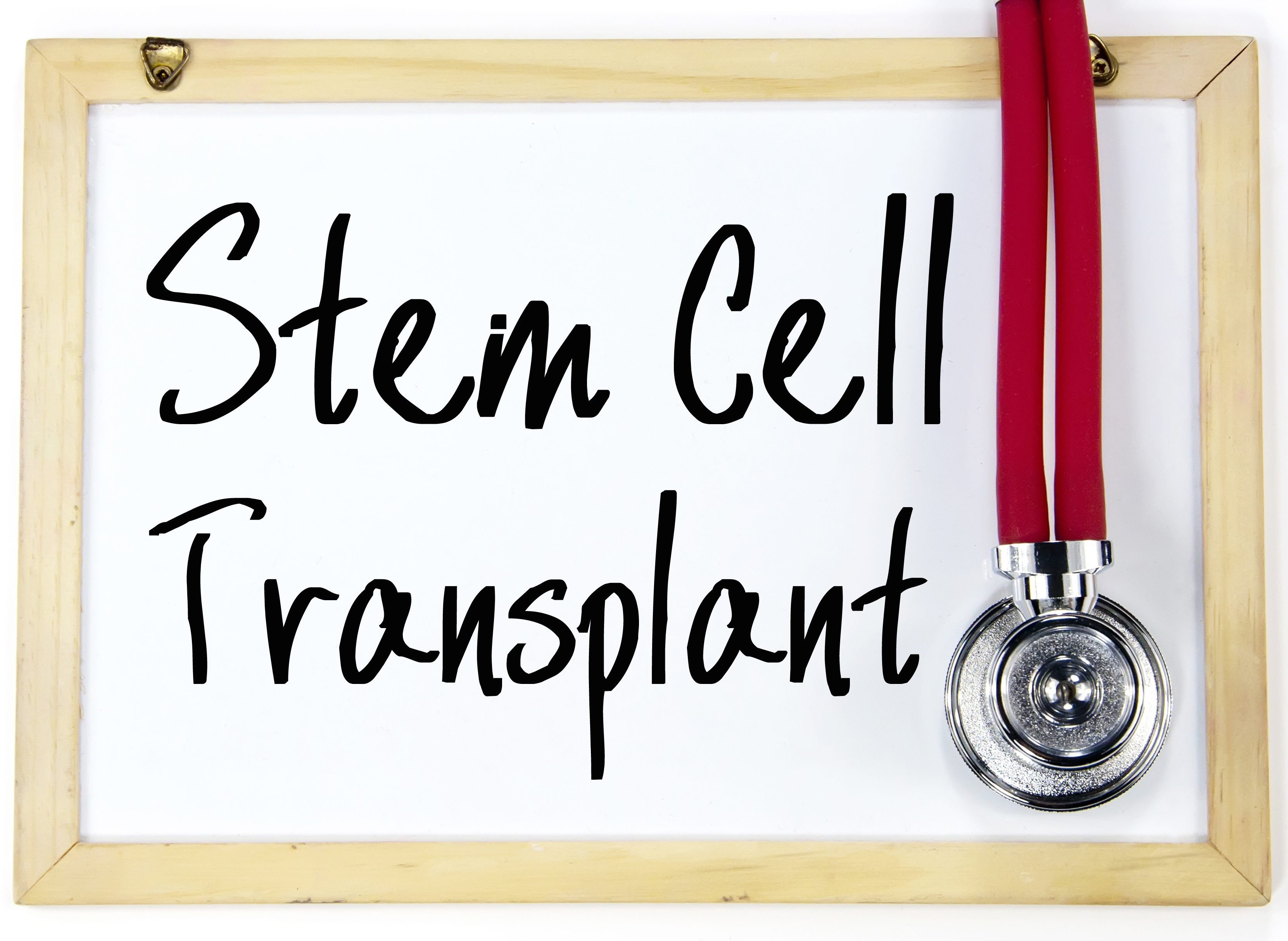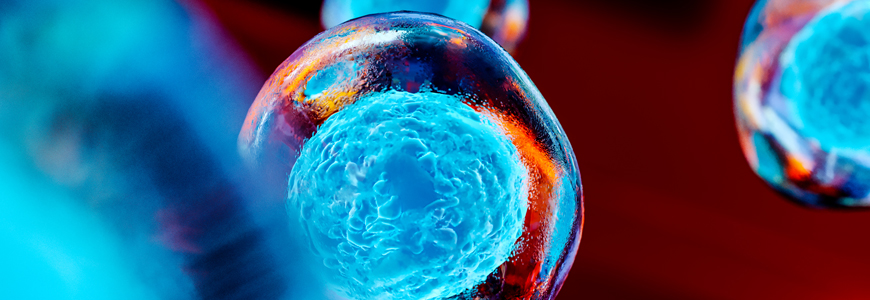

Matthay KK, Reynolds CP, Seeger RC, et al.
Autologous stem cell transplant cure trial#
A randomized phase III trial of myeloablative autologous peripheral blood stem cell (PBSC) transplant (ASCT) for high-risk neuroblastoma (HR-NB) employing immunomagnetic purged (P) versus unpurged (UP) PBSC: a Children's Oncology Group study. Kreissman SG, Villablanca JG, Seeger RC, et al. Ladenstein R, Pötschger U, Pearson ADJ, et al., Busulfan and melphalan versus carboplatin, etoposide, and melphalan as high-dose chemotherapy for high-risk neuroblastoma (HR-NBL1/SIOPEN): an international, randomised, multi-arm, open-label, phase 3 trial. Stem cells can be stored safely without cryopreservation for up to 7 days.Īutologous stem cell transplant cryopreservation neuroblastoma plerixafor survival treatment. Treatment abandonment was observed in one (3%) patient.Īdministration of therapy in a disciplined time frame along with low-cost adaptations enables to manage high-risk neuroblastoma with low abandonment and an encouraging survival in LMIC. The 3-year overall and event-free survival was 41% and 39%, respectively. Two (5.7%) patients had ASCT-related mortality. The median viability of stem cells stored for 6 days (n = 28) was 93% (range: 88-99). Conditioning regimen included melphalan (n = 7), oral busulfan-melphalan (Bu/Mel n = 6), or intravenous Bu/Mel (n = 22). Rapid-COJEC was administered over a median duration of 80 days (interquartile range: 77, 83). Over 5 years 9 months, 35 patients with high-risk neuroblastoma were treated. Adaptations incorporated to decrease cost, requirement for inpatient admission, infections, and faster engraftment included (a) optional outpatient administration for rapid-COJEC, (b) two sessions of stem-cell apheresis, (c) storing stem cells at 2-6☌ without cryopreservation for up to 7 days, (d) no central lines, (e) no antibacterial/antifungal/antiviral prophylaxis, (f) omitting formal assessment of cardiac/renal/pulmonary functions before ASCT, and (g) administration of pegylated granulocyte colony-stimulating factor on Day +4.

Patients were treated on the backbone of the high-risk neuroblastoma study-1 of SIOP-Europe (HR-NBL1/SIOPEN) protocol with ASCT. We report a single-center outcome of high-risk neuroblastoma, with adaptations optimized for LMIC. Management is intensive and multidisciplinary survival is often poor. The majority of patients in low- and middle-income countries (LMIC) are unable to receive optimal therapy, including autologous stem cell transplant (ASCT) for high-risk neuroblastoma. 9 Department of Hematology, Postgraduate Institute of Medical Education and Research, Chandigarh, India.8 Department of Cytopathology, Postgraduate Institute of Medical Education and Research, Chandigarh, India.7 Department of Histopathology, Postgraduate Institute of Medical Education and Research, Chandigarh, India.6 Department of Nuclear Medicine, Postgraduate Institute of Medical Education and Research, Chandigarh, India.5 Departement of Radiodiagnosis, Postgraduate Institute of Medical Education and Research, Chandigarh, India.4 Department of Radiotherapy, Postgraduate Institute of Medical Education and Research, Chandigarh, India.3 Department of Pediatric Surgery, Postgraduate Institute of Medical Education and Research, Chandigarh, India.2 Department of Transfusion, Postgraduate Institute of Medical Education and Research, Chandigarh, India.1 Department of Pediatrics, Pediatric Hematology-Oncology Unit, Advanced Pediatrics Center, Chandigarh, India.


 0 kommentar(er)
0 kommentar(er)
